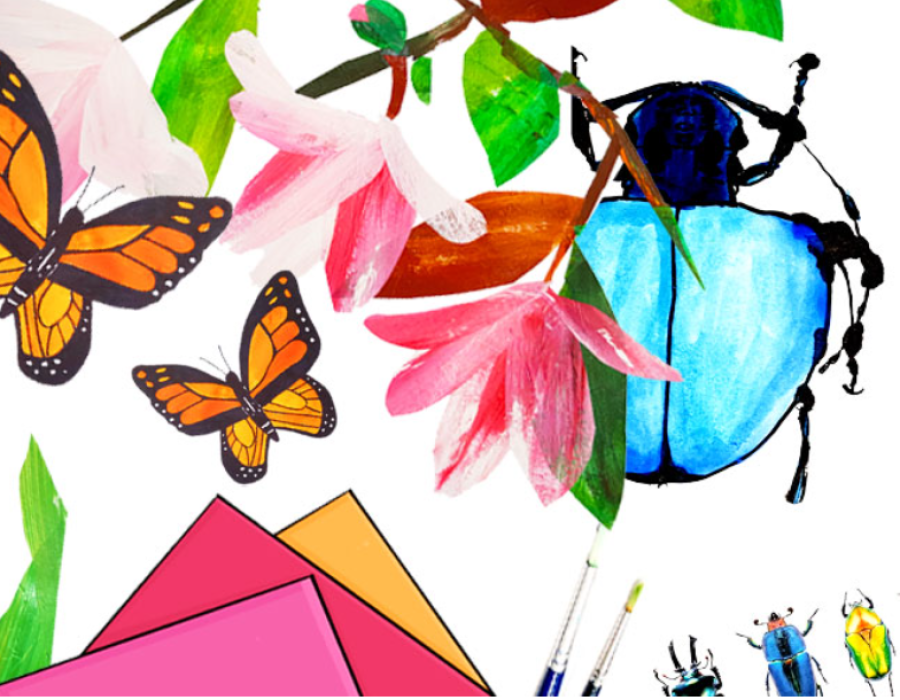A well-designed lesson plan is the foundation of a successful art class, providing structure while allowing for creativity to flourish. Art teachers play a pivotal role in shaping the artistic journey of their students, and creating a better lesson plan is key to achieving this. Let's delve into essential elements that contribute to an engaging and inspiring lesson plan for art teachers.
Understanding Student Needs
The first step towards a better lesson plan is understanding the unique needs of your students. Consider their age, skill level, and individual interests. Tailor your lessons to resonate with their experiences, ensuring relevance and engagement. By taking the time to understand your students, you lay the groundwork for a lesson plan that caters to their diverse learning styles.
Clear Learning Objectives
Setting clear and achievable learning objectives is crucial. Clearly outline what students are expected to learn and accomplish by the end of the lesson. Whether it's mastering a specific technique, exploring a particular art movement, or expressing emotions through their creations, well-defined objectives provide direction and purpose for both teacher and students.
Integration of Art History
An effective lesson plan for art teachers includes a healthy dose of art history. Introducing students to various artists, movements, and styles not only enriches their knowledge but also inspires creativity. Relate historical context to the projects, allowing students to see the evolution of art and encouraging them to find their unique voice within this broader artistic narrative.
Hands-On, Interactive Activities
Art is inherently a hands-on experience. Incorporate activities that allow students to experiment with different mediums, techniques, and styles. From painting and drawing to sculpting and mixed media, hands-on activities provide a tangible way for students to apply what they've learned, fostering a deeper understanding and appreciation for the artistic process.
Cultivating Creativity
A better lesson plan emphasizes the cultivation of creativity. Encourage students to think outside the conventional boundaries, take risks, and express their individuality. Design lessons that provide opportunities for self-expression and experimentation, fostering an environment where creativity can thrive.
Leveraging Technology
Integrating technology into your lesson plan can enhance engagement and relevance. Explore digital art tools, virtual museum tours, or online collaborations. By embracing technology, you not only cater to the interests of tech-savvy students but also prepare them for the digital aspects of contemporary art and design.
Peer Critique and Collaboration
Include elements of peer critique and collaboration in your lesson plan. These activities not only enhance communication and teamwork skills but also offer valuable insights into each student's work. Encouraging constructive feedback fosters a supportive artistic community within the classroom.
Reflection and Self-Evaluation
Incorporate moments of reflection and self-evaluation into your lesson plan. Allocate time for students to analyze their own work, identify areas of improvement, and set goals for future projects. This self-reflection not only enhances critical thinking skills but also empowers students to take ownership of their artistic growth.
Flexibility and Adaptability
A better lesson plan recognizes the importance of flexibility and adaptability. Acknowledge that students may progress at different rates, and unforeseen challenges or opportunities may arise. Be prepared to adjust your plan accordingly, ensuring that the learning experience remains dynamic and responsive to the evolving needs of the students.
Inclusivity and Diversity
Create a lesson plan that embraces inclusivity and diversity. Introduce students to artists from various cultures, backgrounds, and perspectives. This not only broadens their understanding of art but also fosters empathy and cultural awareness.
Conclusion
Crafting a better lesson plan for art teachers involves a thoughtful combination of understanding student needs, setting clear learning objectives, integrating art history, incorporating hands-on activities, cultivating creativity, leveraging technology, promoting collaboration, encouraging reflection, embracing flexibility, and embracing inclusivity. By incorporating these elements, art teachers can design lessons that not only impart artistic skills but also inspire a lifelong appreciation for the transformative power of art. A well-crafted lesson plan sets the stage for an enriching and enjoyable artistic journey for both the teacher and the students.





Comments